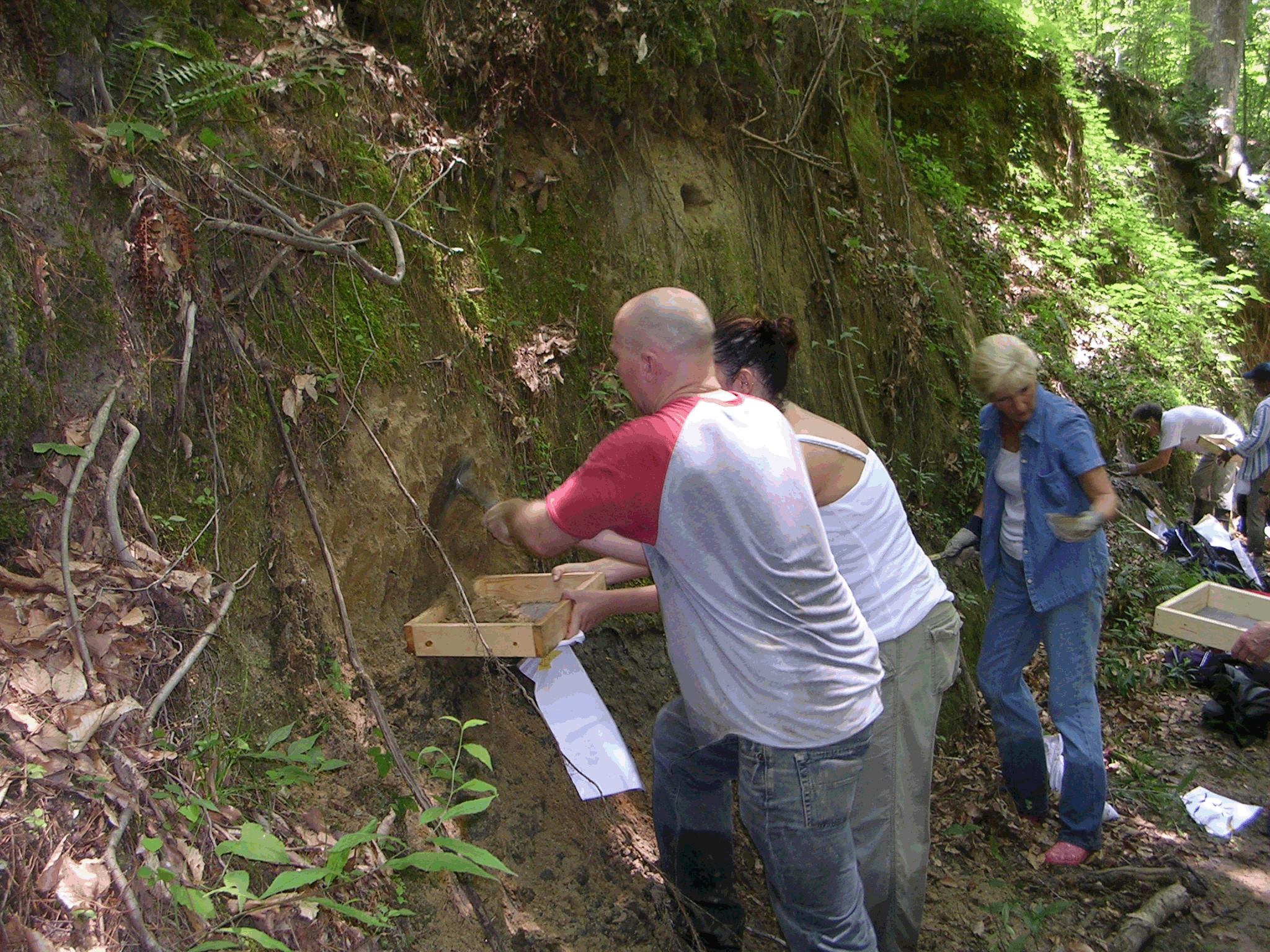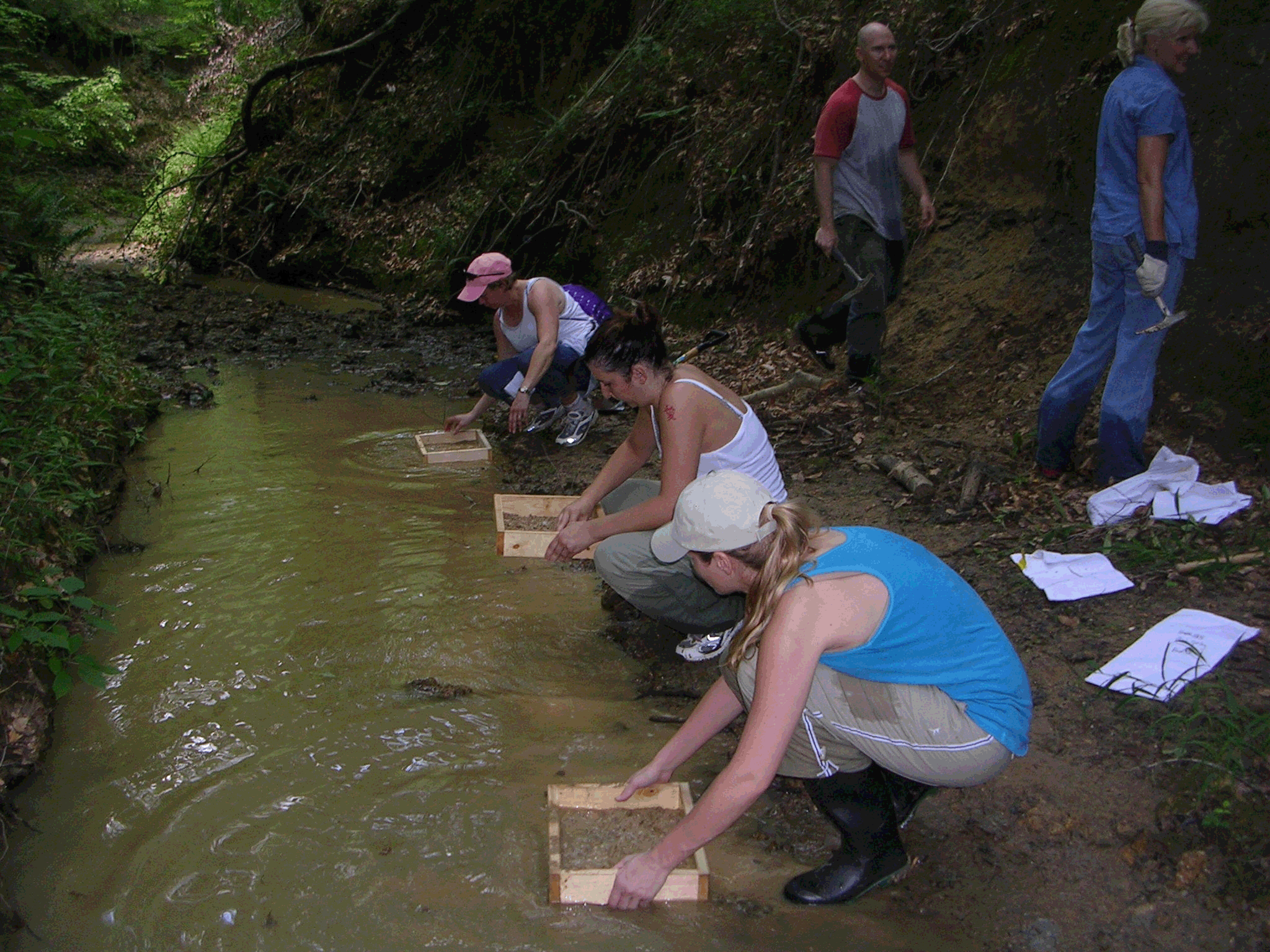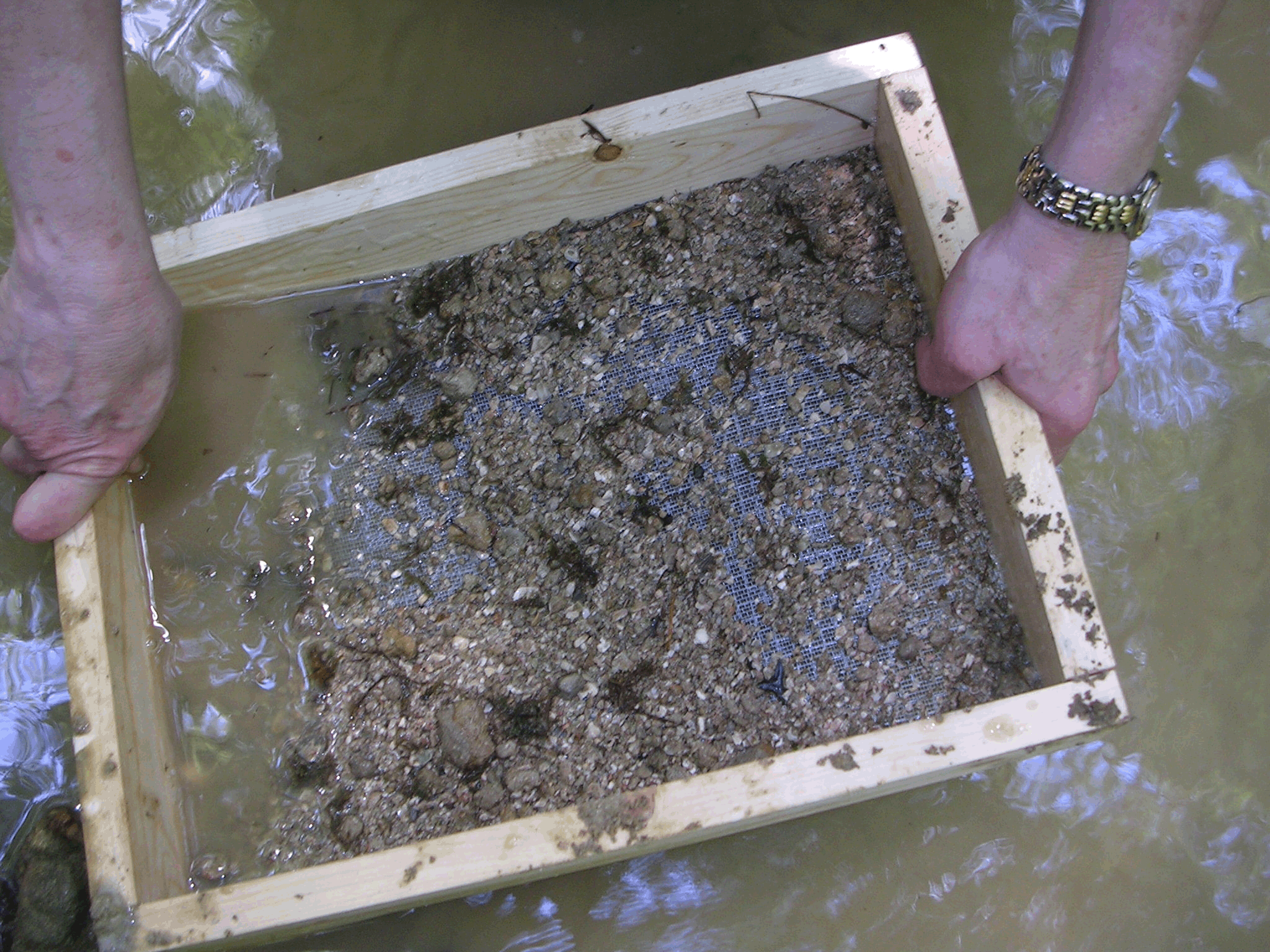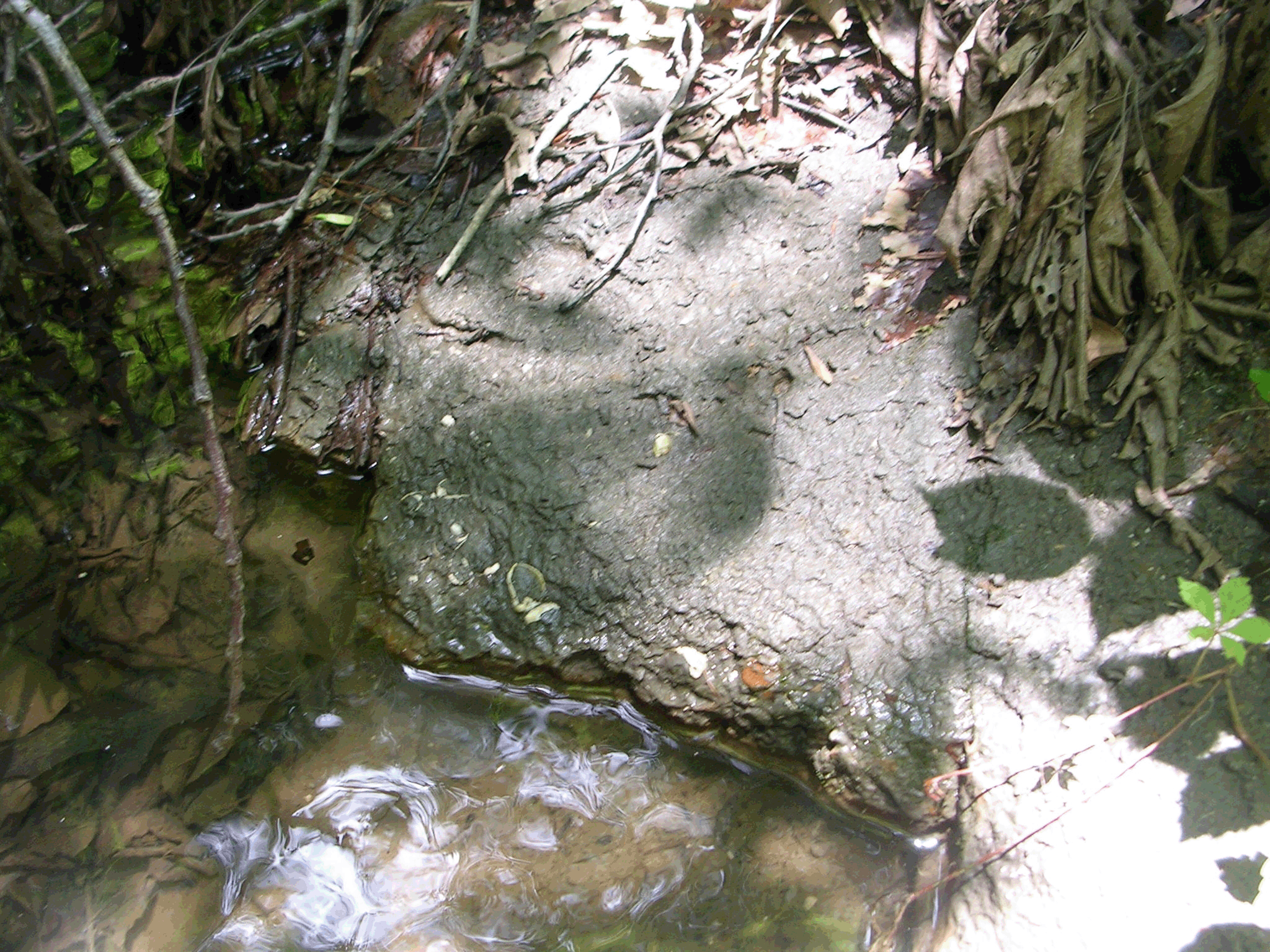



|
Upon completing this activity, students should be able to: |
|
- Screened, dry fossils from sieved, bulk-sediment samples (Figure 2; preferably from different beds at a single
collecting locality and showing different modes of preservation and types of fossils). |
Fig 2 |
Fig 3 |
Fig 4 |
Fig 5 |
|
- Start this exercise by having your students examine your bulk fossil samples from Jackson, MS. Have your students
describe the fossils present and also have them try to figure out the environment where the fossils were deposited. |
| previous | next |